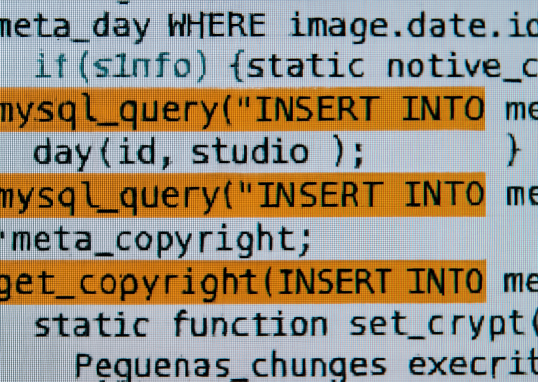
Over the past few years, Cypress has become a favorite among front-end development teams thanks to its user-friendly interface and visual test runner. However, its reliance on static selectors (like IDs and CSS classes) and the constant need for manual updates whenever the UI changes have made test maintenance a major operational bottleneck. According to the State of Testing Report (2024), 41% of QA teams cite excessive test maintenance as one of the biggest challenges in scaling software quality.
In consequence, many companies are turning to natural language-based testing solutions — tools that allow tests to be written in plain, descriptive language, almost like human instructions, without getting bogged down in implementation details. This AI-powered approach makes tests more resilient and significantly boosts QA productivity. In this article, we’ll walk through three real-world cases where companies from different industries chose to move away from Cypress. The results? Over 80% reduction in maintenance costs, with major gains in speed and reliability.
EdTech SaaS Platform: From 40 Hours/Month of Maintenance to Just 6
Initial Challenge
- The QA team was spending over 40 hours per month just updating Cypress selectors and commands after each UI sprint.
- Even small changes to labels or IDs could break dozens of tests at once.
New Approach
- They migrated their UI test flows to TestBooster.ai, describing actions like “select ‘students’ module” and “check attendance list” in natural language.
- This eliminated the need for fixed IDs and CSS classes.
Results After Adopting TestBooster.ai
- Maintenance time dropped from 40 hours to 6 hours per month (an 85% reduction).
- Test creation effort was reduced by 50%.
- QA team reported having more time for exploratory testing and risk analysis.
Construction Company Innovation Lab: Test Pipelines in Just 2 Minutes
Initial Challenge
- Cypress pipelines took 20 minutes to complete, much of it spent investigating false positives (flaky tests) triggered by CSS changes.
- The dev team was dedicating 25% of each sprint just to debugging unreliable tests.
New Approach
- By leveraging AI and machine learning, TestBooster.ai was able to detect failure patterns and quickly differentiate between actual bugs and false positives.
Results After Adopting TestBooster.ai
- Pipeline duration dropped from 20 minutes to 2 minutes (a 90% reduction).
- Test maintenance costs dropped by 82%, with fewer bug tickets related to test fixes.
- Reliability improved dramatically, with 99.8% of pipelines running without human intervention.

Credit Union: Freedom to Innovate
Initial Challenge
- Cypress tests consumed a big part of the QA backlog. Around 60% of the team’s effort went into fixing broken scripts.
- Feature releases were delayed because development teams had to wait for test scripts to be repaired.
New Approach
- With AI integration, TestBooster.ai adapted to changes in the application without breaking tests.
Results After Adopting TestBooster.ai
- Maintenance effort dropped from 60% to just 10% of the QA backlog (an 83% reduction).
- Feature releases became biweekly, with no delays caused by broken tests.
- Internal QA satisfaction soared, with a 70% increase in NPS, thanks to the automation of repetitive tasks.
Efficiency Is a Strategic Choice

Moving away from Cypress doesn’t mean less automation, it means evolving how automation is done. Natural language testing, powered by AI, represents a new era: more resilient, less reliant on technical overhead, and better aligned with business logic. As highlighted in a 2023 Capgemini Research Institute study, companies that embrace intelligent test automation release products 30% faster and with 50% fewer production bugs.
In the three examples above, the shift to TestBooster.ai not only reduced maintenance effort but also freed up QA teams to focus on high-value tasks like exploratory testing and risk analysis. This isn’t just an operational improvement — it’s a cultural shift toward continuous innovation and real software quality. Efficiency doesn’t come from flawless scripts, but from tools that adapt to your context — and that begins with making the right choice.




